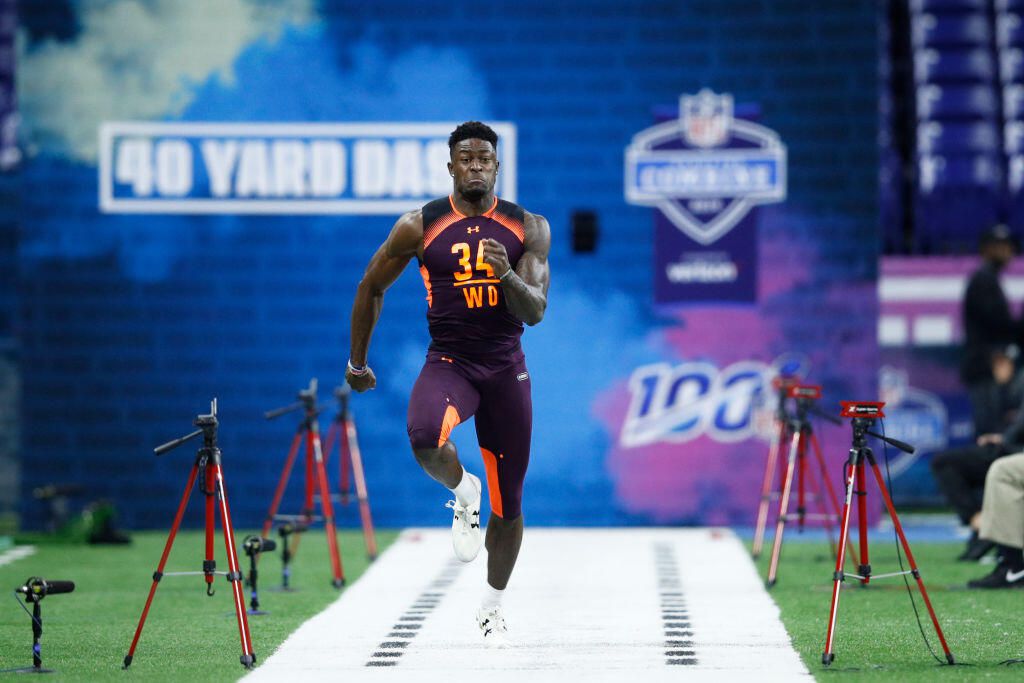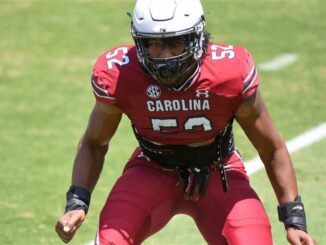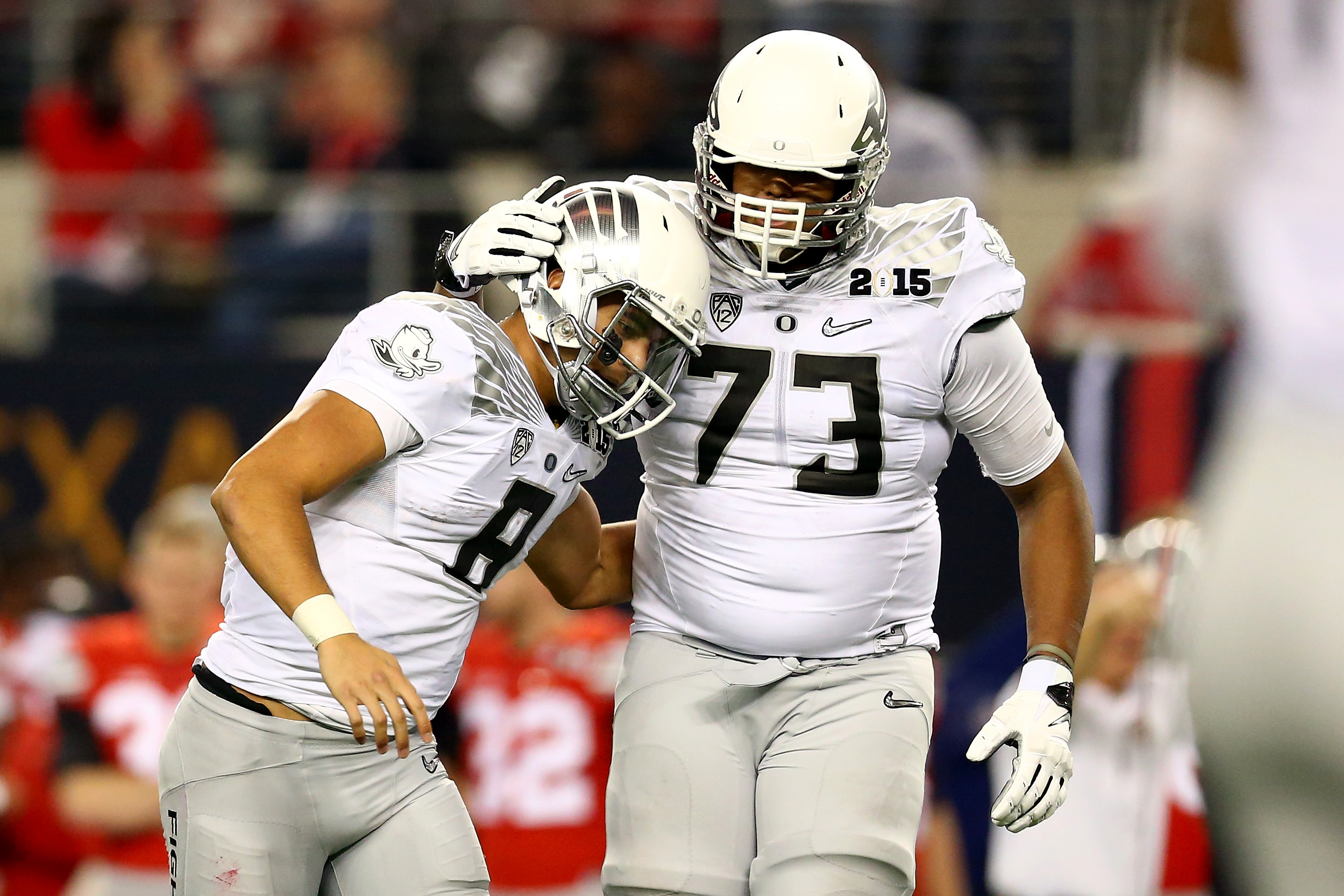
There’s a scene in the HBO sports documentary Belichick and Saban – The Art of Coaching where Alabama Crimson Tide head coach and six-time national champion Nick Saban says to New England Patriots coach and six-time Super Bowl champion Bill Belichick that he appreciates that Belichick has always asked him about his players before drafting them into the NFL. Saban goes on to say that a handful of other coaches take advantage of his knowledge of the players from both on- and off-the-field experiences, but that the vast majority do not. He then expresses exasperation when a player is selected too high in the draft. NFL coaches, according to Saban, will often come back to him after the fact and ask why they didn’t know a defect in work ethic or a character flaw. “All you had to do was ask” is the frustrated reply from the Alabama head coach.
Saban, who is full of sayings, as are many successful football coaches, then goes on to wax poetic about how he is “an ‘and’ and a ‘but’ guy. Everything that comes after “and” is usually good and everything that comes after “but” is never not true. Belichick jumps into the conversation to employ the metaphor of selecting players being like a jigsaw puzzle and that there are many pieces. Relevant for this time of year in the NFL, the stoic Patriots head coach asks, philosophically, “How much is a bench press worth?” Saban echoes Belichick’s sentiment and names the thing. The combine.
It is clear from the tone of the conversation that neither the greatest college football coach of all time nor the greatest professional football coach of all time assigns much value to the NFL combine. Then why will ESPN and the NFL Network devote much, in the case of ESPN, and virtually all, in the case of the NFL Network, of their airtime the next four days to the NFL combine?
Saban chalks it up to the commercialization of everything and Belichick nods silently. But, is that all it is?
Danny Kelly of the Ringer said recently on a fantasy football podcast that the NFL combine is both a convenience and an opportunity to check priors. The convenience is a byproduct of having everyone in one location. Front office personnel and coaching staff can conduct interviews with multiple prospects in one hotel suite as opposed to flying all over the country meeting with players. The players only have to work out once instead of thirty-two times. And, yes, there’s a commercial product for television consumption.
Scouts already have their grades on players from attending games, talking to the players and their coaches within NCAA rules, and from watching endless hours of tape. A forty-yard dash doesn’t bring a player to the fore. It simply confirms that the athleticism of that 325-pound lineman falls into the standard deviation of all other previously chosen 325-pound linemen.
A fast time may confirm a prior. A slow time may call it into question. But it does not fundamentally alter an evaluation.
The televised portions of the combine will begin Thursday and continue through Sunday:
- Day one will highlight quarterbacks, wide receivers, and tight ends.
- Friday features running backs, special teams, and offensive linemen.
- Saturday switches sides of the ball and focuses on the defensive line and linebackers.
- Sunday wraps up with the spotlight on the defensive backfield.
The TV show is fun, especially this time of year when the only sports alternatives are meaningless NBA games, the occasional intriguing college basketball games, and spring training baseball. But just remember as you’re learning that Joe Burrow has small hands and being constantly reminded that Tom Brady ran a 5.30 forty, Nick Saban and Bill Belichick aren’t buying into the hype.




